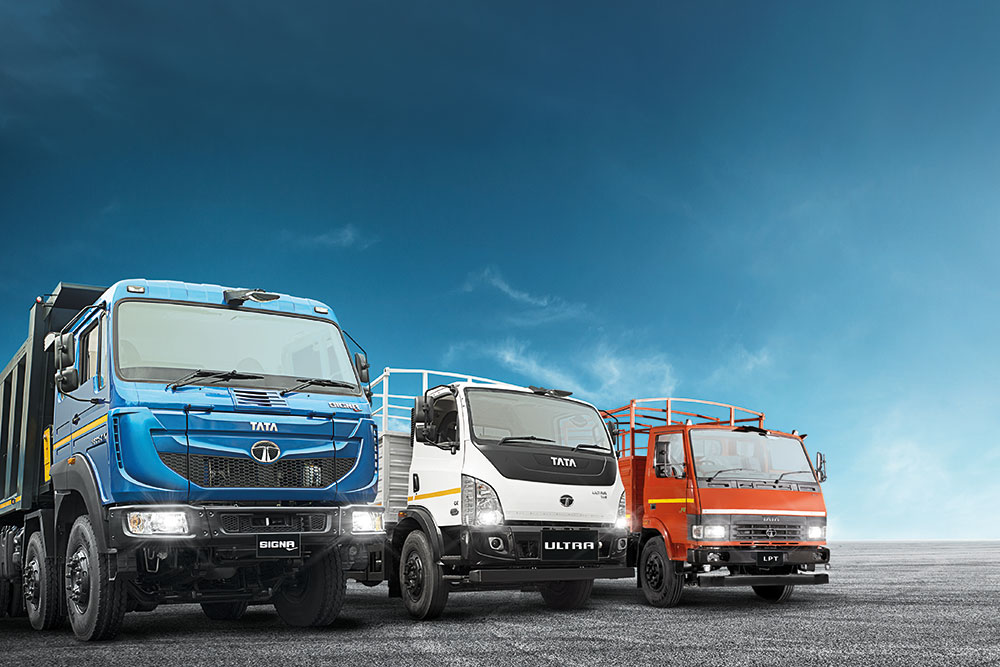Commercial vehicle hauling is at the forefront of the transportation revolution. The commercial hauling industry drives towards a greener future, from cleaner fuels to advanced technologies. For instance, Tata truck models in India have become the future of sustainable transportation. Further, the blog explores how revolutionizing heavy-duty vehicles will become the future of sustainable transport.
The Need for Sustainable Transportation
Our world is changing, and so are our transportation needs. Rising concerns about climate resource conservation raise the pressure for the transportation industry to become more sustainable. Commercial vehicles, including trucks and hauliers, play a pivotal role in this transformation. But how have these commercial vehicles transitioned transportation with alternative fuels? See further.
Transitioning to Alternative Fuels
Moving toward sustainability in commercial vehicle hauling is the transition to alternative fuels. Traditional diesel engines are notorious for their emissions, but they are shifting toward cleaner options. These options promote cleaner transportation and emission-free rides, even on longer trips. Moreover, alternative fuels also promote higher savings and more productivity, raising livelihood opportunities for users.
Natural Gas: A Cleaner Choice
Undoubtedly, everyone wants to move towards sustainability, which is possible by using natural gas.
Natural gas – a cleaner alternative to diesel. LNG and CNG empower commercial vehicles for more efficiency. Both fuels produce fewer harmful emissions, reducing the carbon footprint of the hauling industry.
Moreover, natural gas is abundant and domestically sourced in many regions. Thus, it reduces dependency on foreign oil and enhances energy security.
Electric Commercial Haulers
Take haul-free trips with electric commercial vehicles. These electric commercial vehicles are making waves in the industry. Besides, they produce zero tailpipe emissions to be an eco-friendly choice for urban transportation. Moreover, they’re quiet and efficient, potentially revolutionizing the delivery and logistics sectors.
Additionally, the reduced maintenance needs of electric vehicles save costs in the long run. Thus, it makes them an attractive option for commercial hauling companies.
Innovations in Aerodynamics
Aerodynamics play a significant role in fuel efficiency for commercial haulers. Improved truck designs, including streamlined cab shapes and advanced fairings, reduce drag and enhance fuel economy.
Furthermore, trailer aerodynamics innovations help commercial vehicles move through the air with less resistance. Consequently, it reduces fuel consumption, leading to more efficient rides.
Hybrid Commercial Haulers
Hybrid commercial vehicles combine the benefits of traditional engines with electric power. These hybrids use electric power during low-speed urban driving, reducing emissions in congested areas. Additionally, they switch to the internal combustion engine for highway cruising, ensuring versatility and range. Furthermore, hybrid commercial vehicles promote fuel economy and reduce downtime for timely deliveries and operations.
Advancements in Telematics
Telematics systems have revolutionized commercial vehicle management. These systems collect vehicle performance, driver behavior, and route optimization data. By analyzing this data, companies can make informed decisions to reduce fuel consumption and emissions.
Efficiency through Route Optimization
Route optimization is an essential aspect of sustainable transportation. Advanced GPS and telematics systems help commercial vehicle operators plan the most efficient routes. Moreover, it reduces unnecessary mileage and fuel consumption. Additionally, these systems can consider traffic conditions in real time, further enhancing efficiency.
Cargo Management Innovations
Efficient cargo management is another vital component of sustainable commercial hauling. Optimized loading and unloading procedures reduce idle time and save fuel. Companies are investing in technology and equipment to streamline these processes. Thus, it ensures that commercial vehicles spend less time on the road.
Investment in Infrastructure
Sustainable commercial hauling relies on an infrastructure that supports cleaner technologies. Consequently, there is a growing investment in natural gas refuelling stations. Moreover, it includes electric charging infrastructure and hydrogen fueling stations. These developments ensure that sustainable commercial vehicles have the necessary support to thrive.
Regulatory Support
Government regulations are increasingly favoring sustainable transportation. Emission standards and incentives for adopting clean technologies encourage commercial hauling companies to make eco-friendly choices. These regulations benefit the environment and drive innovation in the industry.
Cost Savings for Commercial Haulers
Moreover, sustainable practices can translate into cost savings for commercial haulers. Reduced fuel consumption, lower maintenance costs, and potential government incentives are financially sound business decisions. Moreover, adopting eco-friendly technologies will enhance productivity for the model.
Conclusion
The future of sustainable transportation relies on the evolution of commercial vehicle hauling. The transport industry is moving from alternative fuels like natural gas and electricity to innovative aerodynamics. Also, it includes cargo management, taking users towards cleaner and fuel-efficient methods. Additionally, regulatory support and cost savings incentives propel this transformation from a model like the Volvo truck.
Commercial vehicle hauling is not just about moving products but ensuring their safety too. Starting with one spot then onto the next. Moreover, it’s tied in with protecting our current circumstance and assets for people in the future. Further, technology advances for commercial hauliers to become even more sustainable. Thus, these commercial vehicles help in shaping the future of transportation for the better.













